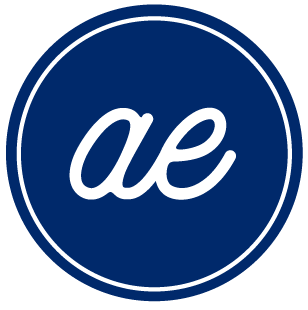Policy Dashboard & Coverages Experience
Company
Liberty Mutual Insurance
Challenge
The e-service user experience needs to increase funnel to Online Policy Change, easier access to Documents & billing, confidence in coverage understanding and changes to their policy.
My Role
Partner with product, & development - embedded in agile team, workshop facilitation, information architecture, iterative user experience design, branding, research & user testing in collaboration with research team, presentation demos with leadership team
Final Designs
Before vs. After
User interviews were scheduled to gather information about their preferences, one on one, over the course of a few days.
Impact map to help define problem statement
‘How Might We’ statements we prioritized based on user data from previous research user interview sessions.
Sketch I had drawn out in the brainstorm session with the team.
Hallway user testing segments of the manage policy user experience for quick feedback.
Synthesizing observation notes from moderated user testing in order to prioritize feedback
Final dashboard design as part of the user experience for ‘I Manage My Policy’. I created this design in Sketch, prototype in Invision, along with the illustrations & icons that I created in Illustrator.
Project & Strategy Kick-Off
In this kick-off, we jointed defined the purpose and goal, along with the problem we are trying to solve with the redesign of this feature. In preparation for the kick-off I reviewed available user data from previous interviews we had facilitated in collaboration with our research team.
With that data, we defined the persona we are targeting, along with key behaviors, frustrations, and user goals. We listed and prioritized user pain points. In this case, the main problems we are trying to solve are as follows:
The content we’re delivering to the user isn’t always helpful or personalized. It can be confusing and lacks conversational, empathetic tone that we strive for.
Layout limits design flexibility and can appear cluttered, and overwhelming for a user to complete a task
High drop off rates contributed to confusing experience
What assumptions do we have, and want to we want to test?
Users will be less likely to call if the experience provides them with more personalized information and reassures them that they can be confident in completing their tasks online
Users will be less likely to drop off at certain known pain points if we can simplify the design and / or add clarity
Users will be more satisfied with their experience if we provide them with more helpful, personalized content
We will have more flexibility to make changes in the future if the design is not limited by certain barriers
Defining the Problem
Based on the data from the customer research & analysis phase, I created an impact map to help define the problem statement.
We believe that improving findability and clarity of policy info and coverage options will result in better engagement, confidence and peace of mind for policy holders.
Measuring Confidence
We will know we have succeeded when policy view increases by 23%, quote starts increase by 10%, call deflection increase by 15% and Net Promoter Score increase by 11%.
Insight from the Product Manager to provide additional context:
What I’m looking for is the best way to explain complex insurance products to the customers – so it’s clear and it shows our expertise and quality of service. I would like are customers to be confident that they are sufficiently protected, paid a fair price and are getting expert advice from Liberty, a better service where they can’t get from others, which justify a relatively higher price.
Brainstorm & Ideation
Once we established the foundation with the goals, pain points, hypothesis, and content, next was sketching. We white boarded group thinking, along with pen and paper for individual ideas. These types of design sessions are a great opportunity to get the team to all contribute in the design phase, which I find can be a great collaboration effort. After the design session with the team, I collect the sketches and converge ideas where there may be overlap. We decide as a team, which sketches will continue on to mockup phase, and the next step is when I take the sketch and design it in Sketch. Typically, we have 1-3 unique options so that we can plan to take these to user testing. Typically we will do a quick 1-2 hour hallway study to gather initial feedback on early mockups.
Validation
After a few rounds of ideation, feedback loops with the team, we meet with the research team to help create a mod guide, define user tasks, and recruit users to test out working prototypes. Once the user tasks are defined, I make sure the interactions are built out to match the appropriate tasks and that the user can complete the right steps. In this case, we did a moderated user study, in which we took turns moderating sessions with users, as well as note taking. After the user testing, we synthesize all of the notes in order to prioritize feedback, which provides next steps to improve the designs, and validate the direction we are headed. Continued iteration happens, but once we come to a place of agreement with the team, I partner with the developers to provide assets to build the user experience and go live. From there, we A/B test to continue validation efforts, and gather user feedback before launching. Product continues to closely monitor traffic and click through data metrics to track success rates on the new user experience.
Results
After A/B testing and official launch to 100% users, we saw immediate improvements with our success metrics, proving the redesign was a better experience for users
• Increased policy views by 27%, quote starts by 14%
• Increased call deflection by 22%
• NPS and user confidence improved by 18%, providing a simplified, cleaner experience.







